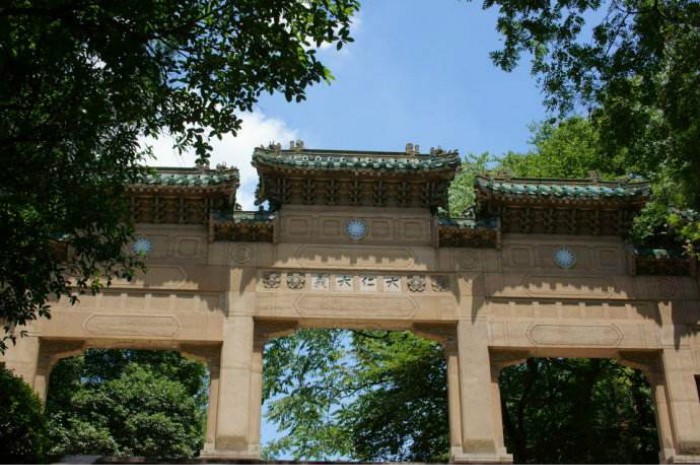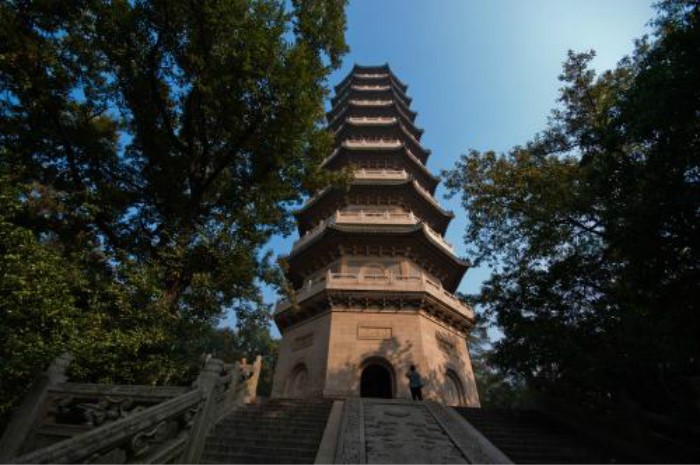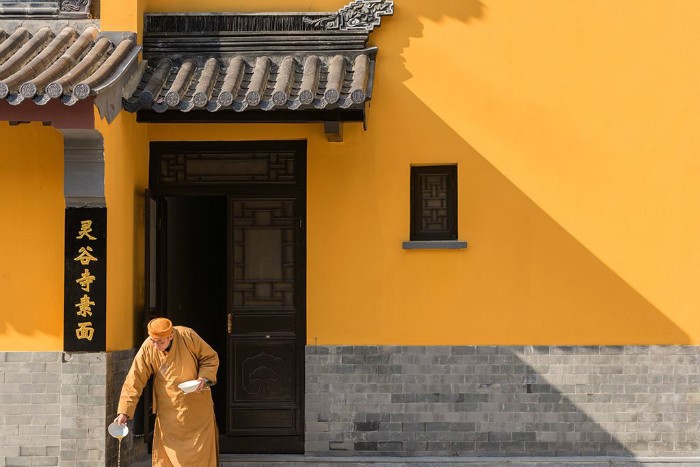One of Nanjing’s famous scenic spots, Linggu Temple, which claims to be ‘the best Buddhist temple in the world’, is situated to the east of Dr. Sun Yat-sen’s Mausoleum in the Purple Mountain Scenic Area. Over time, its name has changed several times.

The environment here is very pleasant. The Linggu Temple is surrounded by aged dark green trees. The sweet fragrance of flowers pervades, and the sound of the bell is melodious. The forest and springs around add vitality and wild pleasure to the temple. Linggu Temple is famous in Chinese history. It is said that in the Ming Dynasty, Linggu Temple flourished. Crowds filled the place to burn joss sticks. It is said that it could hold 1,000 monks at that time.
Linggu Temple contains the Xuanzang Memorial Hall, which was built in memory of a famous monk in the Tang Dynasty (618-907). The picture of the route that Xuanzang walked and the sutra he translated are also stored here. There are also several other sights such as Non-beam Hall, Linggu Pagoda and Songfeng Pavilion.

The name of Non-beam Hall has interesting origins. Originally the temple was named Wuliang Hall as a memorial ceremony, for a Buddha named ‘Wu Liang’ was held there. Because it is constructed without any wood, it can also be called ‘Non-beam Hall’. However, ‘non-beam’ is also pronounced ‘Wu Liang’ in Chinese.

The vegetarian diet here is renowned for over 600 years. The ingredients of the dishes are chosen very carefully; the cooking is very meticulous; the appearance of the food is also very nice. Though the dishes are without meat, the taste is even better than the ones with meat. Shensong House, the famous vegetarian restaurant in Linggu Temple, lies to the east of Songlin Pavilion. Surrounded Shensong House, is a thick forest and blooming flowers. To the east of Shensong House, a spring runs under a bridge, and to the west, the sound of the bell emanates from the ancient temple. Dining here can bring you both the wonderful taste of the food and an enjoyment of natural beauty.
Leave a Reply